Comparative Analysis: B2B Hotel Portal vs. OTA Platforms - Which Model Strengthens Your B2B Travel Relationships?

In the competitive world of b2b travel, companies often face a critical decision: invest in a dedicated B2B hotel portal or leverage an Online Travel Agency (OTA) platform.
Both options offer distinct advantages for b2b travel booking, yet they also come with unique challenges that can significantly affect long-term business relationships.
From direct partnerships to revenue optimization, this comparative analysis explores which model is best suited for strengthening ties in the b2b travel space.
Understanding the B2B Hotel Portal
A B2B hotel portal is a centralized platform designed for corporate clients, travel agents, or other b2b travel companies seeking a specialized, private environment. This setup often integrates b2b travel software to handle negotiations, rate management, and streamlined booking processes.
Advantages
- Focused Relationship Building
By directly interfacing with corporate partners and travel agents, hotels and b2b travel services providers can foster stronger, more personalized relationships. Custom incentives, co-branded experiences, and negotiated rates often enhance long-term loyalty. - Flexible Pricing and Rate Parity
A proprietary portal allows for tailored pricing, including volume discounts and special corporate deals. This customization is particularly beneficial for a business travel solution where client needs vary widely. - Private-Label & Co-Branding Potential
Many B2B platforms can be private-labeled or co-branded to reinforce brand identity. This creates a sense of exclusivity that might be lost on public OTA sites. - Data Control & Ownership
Owning the platform means direct access to user data like booking patterns and peak travel times. These insights can be crucial for refining offers and improving the overall b2b travel booking experience.
Drawbacks
- Higher Setup & Maintenance Costs: Building or licensing a B2B portal requires ongoing investment in b2b travel software, security, and user support.
- Marketing Efforts: Unlike OTAs with massive user bases, a proprietary portal demands extra marketing to attract potential partners.
- Limited Consumer Exposure: Because it’s aimed at b2b travel companies or corporate clients, a B2B portal lacks the immediate mass reach that OTAs can provide.

The OTA Model in B2B Travel
Online Travel Agencies are popular for their wide market presence, catering to both leisure and business travel solution needs. Partnering with an OTA often provides instant visibility to a vast audience, though it can dilute direct brand engagement.
Advantages
- Large-Scale Market Access
OTAs handle extensive marketing and customer acquisition, granting hotels and other b2b travel providers immediate exposure. - Operational Convenience
Many OTAs manage payment processing, reservation tracking, and partial customer support. This can free up internal resources for b2b travel companies to focus on other strategic initiatives. - Optimized User Experience
OTA platforms typically excel at user interface design, driving conversions through effortless navigation and booking funnels, beneficial for both casual travelers and corporate clients seeking a quick business travel solution. - Brand Recognition & Trust
Established OTAs often enjoy global credibility, reassuring customers who might be wary of booking through lesser-known channels.
Drawbacks
- Commission-Based Model: OTA fees can significantly erode profit margins, especially for smaller b2b travel services.
- Limited Control Over Branding: Listings must follow the OTA’s layout and policies, reducing the opportunity for hotels to build direct relationships with clients.
- Intense Competition: In an OTA marketplace, a hotel’s offering competes directly with a multitude of similar listings, often requiring additional spend to secure top placement.
Deciding Which Model Fits Your B2B Travel Strategy
Target Market
- Corporate & Travel Agent-Focused: A B2B portal with customized rates and deeper relationship-building might be best.
- Broad Audience Coverage: OTAs offer wide reach, perfect for companies lacking a robust marketing engine.
Revenue Priorities
- Margin Preservation: Reduced commission fees in a B2B portal can yield higher profit margins.
- High Booking Volumes: OTAs can generate significant volumes quickly, though often at the cost of steeper commissions.
Brand Identity & Control
- Exclusive Branding: B2B portals empower b2b travel companies to maintain consistent messaging and offers.
- Immediate Exposure: OTAs deliver brand visibility on a global scale, albeit with uniform listings.
Technical Capabilities
- Custom Integrations: Building a portal requires comprehensive b2b travel software solutions, CRM integration, and possibly white-label features.
- Ready-Made Solutions: OTAs handle payment systems, user interfaces, and in some cases, partial marketing.
Relationship Goals
- Long-Term Partnerships: Deeper communication and specialized deals flourish in a B2B portal environment.
- Consumer-Focused Bookings: OTAs excel at attracting diverse travelers, which can boost brand awareness but limit direct loyalty-building.
Blending Both Approaches
In many cases, b2b travel services adopt a dual-channel strategy—combining an OTA presence with a dedicated B2B portal:
- OTAs for Visibility: Leverage the OTA’s massive reach for demand during off-peak seasons or to introduce your product to new markets.
- B2B Portal for Depth: Strengthen ties with corporate accounts and travel agents through specialized offers, loyalty programs, and rate negotiations.
This hybrid method maximizes reach while preserving premium relationships directly impacting your bottom line.
Conclusion
When choosing between a B2B hotel portal and an OTA approach, consider the relationships your business aims to cultivate in the b2b travel sector.
A specialized portal fosters exclusivity, control, and stronger partnerships, potentially yielding higher margins. Conversely, an OTA channel delivers immediate global exposure and optimized booking experiences, though often at a higher cost and with limited branding opportunities.
Ultimately, the most effective path may integrate both solutions, using OTAs to capture wide market share and a B2B portal to nurture more profound, more profitable partnerships. By aligning these strategies with core objectives, be it margin protection, brand visibility, or business travel solution optimization; companies can fortify their position in the bustling world of b2b travel while forging meaningful, enduring business relationships.
Looking to build a private labeled hotel portal? Book a demo.

